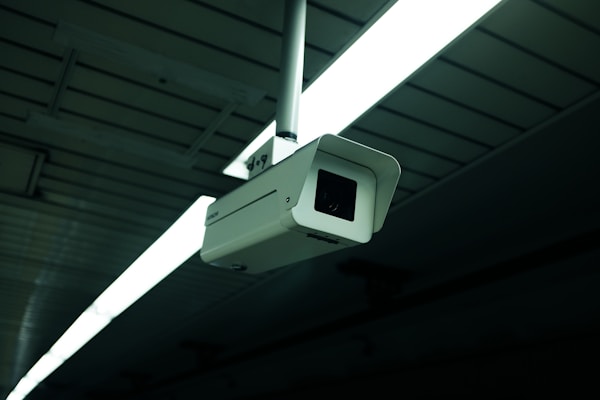As technology advances, so do the options for home security. Homeowners have more choices than ever when it comes to protecting their homes. One of the latest options is a cloud-based video surveillance system, with several advantages over a traditional security system. Keep reading to learn more about the benefits of a cloud-based video surveillance system.
What is a cloud-based surveillance system?

A cloud-based system is one where the video footage is stored on a remote server rather than on-site. One of the advantages of using a cloud-based surveillance system is that it is more secure than storing the footage on-site. If there is a break-in at your business, the thief will not be able to access the footage unless they know the password. You will also be able to access the footage from any computer or mobile device with internet access.
If you need a cloud-based surveillance system, Verkada can help. Verkada is a security software company that provides a cloud-based video surveillance system. Verkada’s system works by recording video footage on the company’s servers and security cameras. Authorized users can then access the security camera footage from any device with an internet connection. This allows for real-time monitoring of businesses and homes and the ability to review past footage if needed.
How does a cloud-based system improve reliability and uptime?
When businesses move their video surveillance systems to the cloud, they enjoy several benefits in terms of reliability and uptime. First, because the video is stored on a remote server rather than on-site, it is less likely to be affected by outages or power failures. In addition, because professionals manage the system, businesses can rest assured that their data will be backed up and accessible. Finally, companies can save money on hardware and maintenance costs. A cloud-based system eliminates the need for businesses to purchase and maintain servers and other hardware infrastructure required for traditional video surveillance systems.
How are cloud-based systems easier to use?
The most obvious benefit is that cloud-based surveillance systems are much easier and faster to set up than traditional systems. With a conventional system, you first need to install the software, configure the cameras, and tweak the system to get it just right. This can take several hours, or even days, depending on the size of your system. With cloud-based systems, you don’t need to install any software or hardware, and you can be up and running in minutes. All you need to do is log in to the cloud-based system, and you’re good to go.
Many cloud-based systems offer helpful features like tutorials, user manuals, and support forums that can make it even easier to get started and learn how to use the system. This can be a massive help if you’re new to operating a cloud-based system, making the process a lot easier and more enjoyable. These tutorials and manuals can be used for various purposes, including training new employees, providing support to customers, and troubleshooting problems.
Using a cloud-based tutorial and manual is essential for users because you can view the most up-to-date information. Unlike traditional software manuals, which can become outdated as soon as they are printed, a cloud-based tutorial and manual can be updated as often as necessary. This ensures that the user has access to the most accurate information.
Conclusion
Overall, the benefits of a cloud-based video surveillance system are vast. They include reducing costs, improving security, and enhancing overall efficiency. By moving to a cloud-based system, businesses can enjoy several advantages. Cloud-based video surveillance systems offer enhanced protection for businesses of all sizes. These systems also contribute to cost-effectiveness, allow users to access footage quickly, are easily adaptable and more reliable, and offer business owners peace of mind knowing that their premises are constantly monitored.